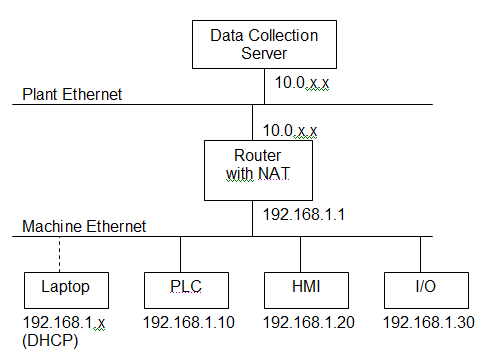Are you old enough to remember the early 90’s? Almost nobody was “online” then. It’s hard to believe how much the internet has changed modern life since then. I just went through my bookshelf and got rid of all the reference books (which I could have done years ago) because the internet makes them obsolete.
Do you remember having to look up some arcane technical detail in a book? Do you remember how painful that was? Do you remember connecting to a BBS using a phone line and a 2400 baud modem? I do.
Back then when we tried to imagine the future, we (as geeks) really got it wrong, and surprisingly so. We were the ones who were supposed to see the possibilities, yet we consistently imagined the things we wanted to do with the technology instead of the things the average person wants to do with it. You see, geeks aren’t average people, so we’re sometimes blind to the obvious.
As geeks, we imagined having our own robot to do our bidding, or some kind of virtual reality headset for driving cars around on Mars. In reality, the killer app for the masses was the ability to take a picture of something, write a short note about it, and send it to all your “friends”. The funny thing is, if you asked a geek in the early 90’s if that feature could be the basis of a company valued in the billions of dollars, they’d have laughed you out of the room. The idea just wasn’t that revolutionary. After all, we’d had fax machines for several years, and email/usenet were already out there. Geeks already had access to this technology, and thought nothing of it.
Average people, if they even saw this technology, didn’t see what was under their noses either, simply because it wasn’t sexy yet. Let me be clear, when I say “sexy” I mean it literally. The average young person isn’t like a geek. They don’t have robots and virtual reality sets on their mind, they want to know who’s going to be at the party on Saturday, who said what about who, and if so and so is available. Modern social media succeeds because it helps people satisfy the most basic of “normal” wants.
Where am I going with this? When you look at the bleeding edge of technological progress today it’s easy to spot the trends. Open source hardware has really taken off, specifically 3D printing and other “home” fabrication technologies. We’re also seeing an explosion of sensors, not just in your phone, but also plugged into consumer devices, with most of them uploading their data to central servers (e.g. the popular Nest Home Thermostat).
We all want to know what the next big thing will be, and we’re hopelessly bad at predicting it, but we still like to play the game. If we want to know where this new hardware renaissance is leading, we need to look at the space where these new technologies intersect the wants of average people. Only about 1% of users are the kind that participate by actually creating new content, so I definitely don’t see a future where everyone is designing new things in Google Sketchup and printing them out on their 3D printer they bought at Wal-mart. The thing about 3D printers is that they print things we can buy much more cheaply (little plastic trinkets), especially if it’s the type of thing that a lot of people want, so there’s an economy of scale to support manufacturing it.
There is something that everybody wants to create at home, and can’t be mass produced in a factory on the other side of the world: freshly prepared food. Gourmet food, even. People pay big bucks for fancy coffee makers that make fancy coffee from packets with barcodes containing individualized brewing instructions. It’s not a big stretch to imagine a machine that can whip up fancy cocktails, or dozens of fancy hors d’oeuvres for a party, or even print out your kids’ drawings on their Christmas cookies with icing from a 3D printer. Maybe a gizmo that carves an apple into the shape of their favorite cartoon character? (Of course, you know these will be re-purposed to make snacks for bachelorette parties, right?)
That’s the easy stuff. Honestly, Eggs Benedict seems like it’s well within the range of possibilities, and who wouldn’t want to wake up on Sunday to the sizzle of eggs and bacon, along with the usual coffee brewing?
Of course, if we automate the food preparation and we’re collecting all this data with sensors, it won’t be long until we’re automating the control of our caloric intake.
That’s my guess anyway: all this new technology’s going to end up in your kitchen. Which is cool with me (that doesn’t mean I can’t still have my 3D printer…)
